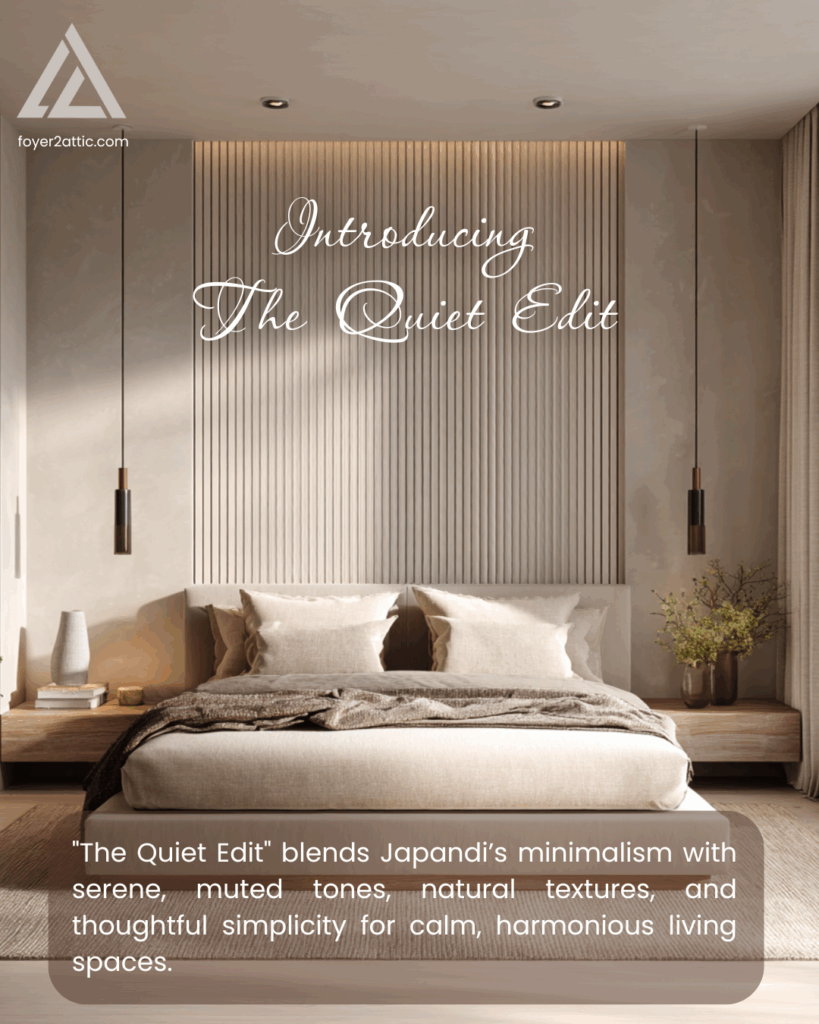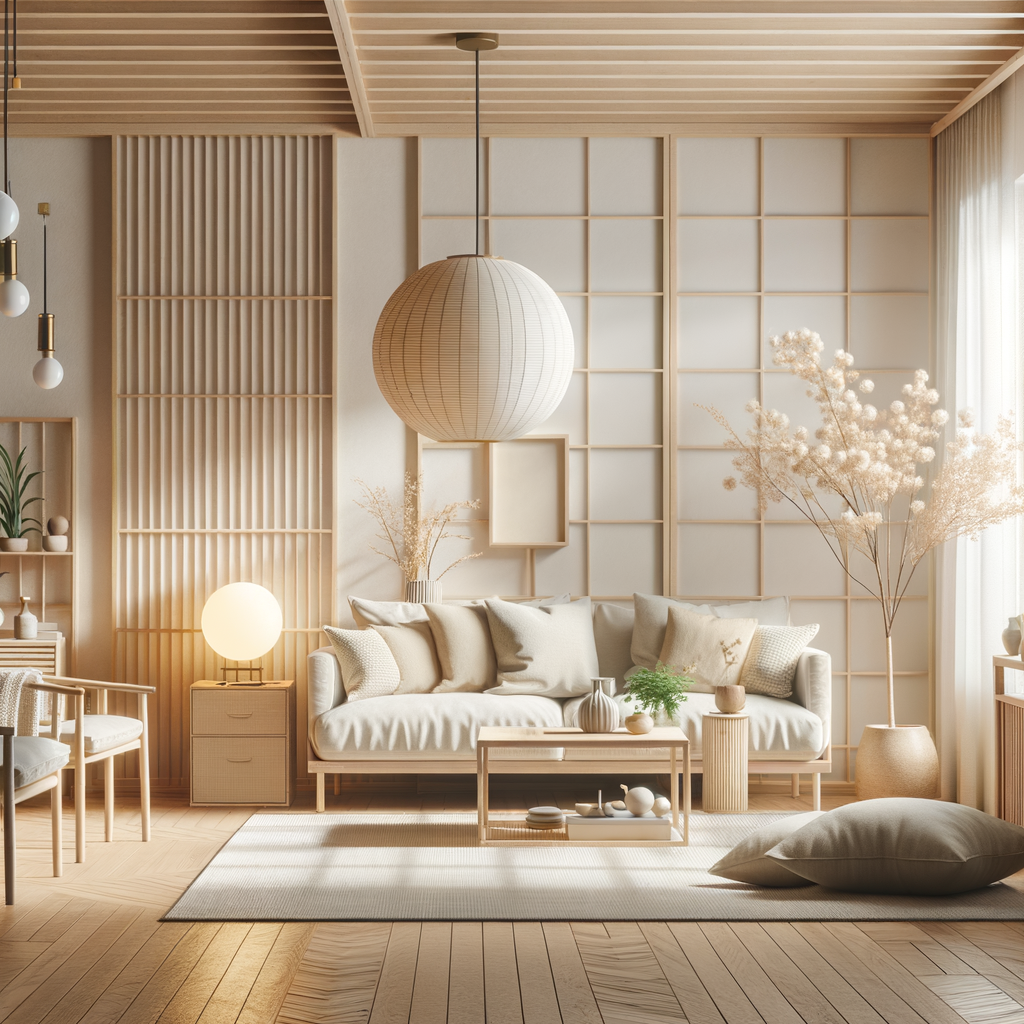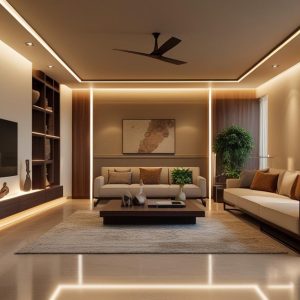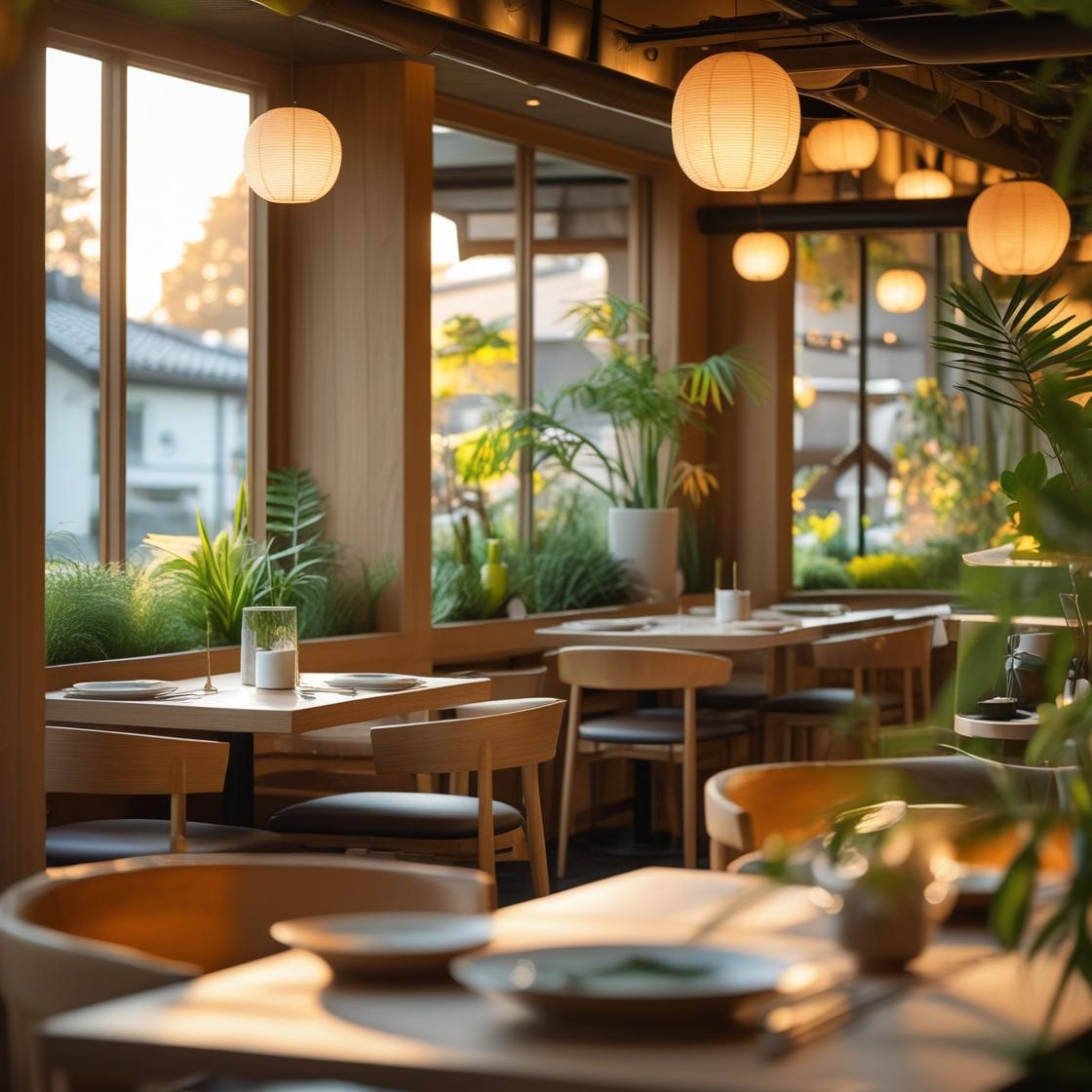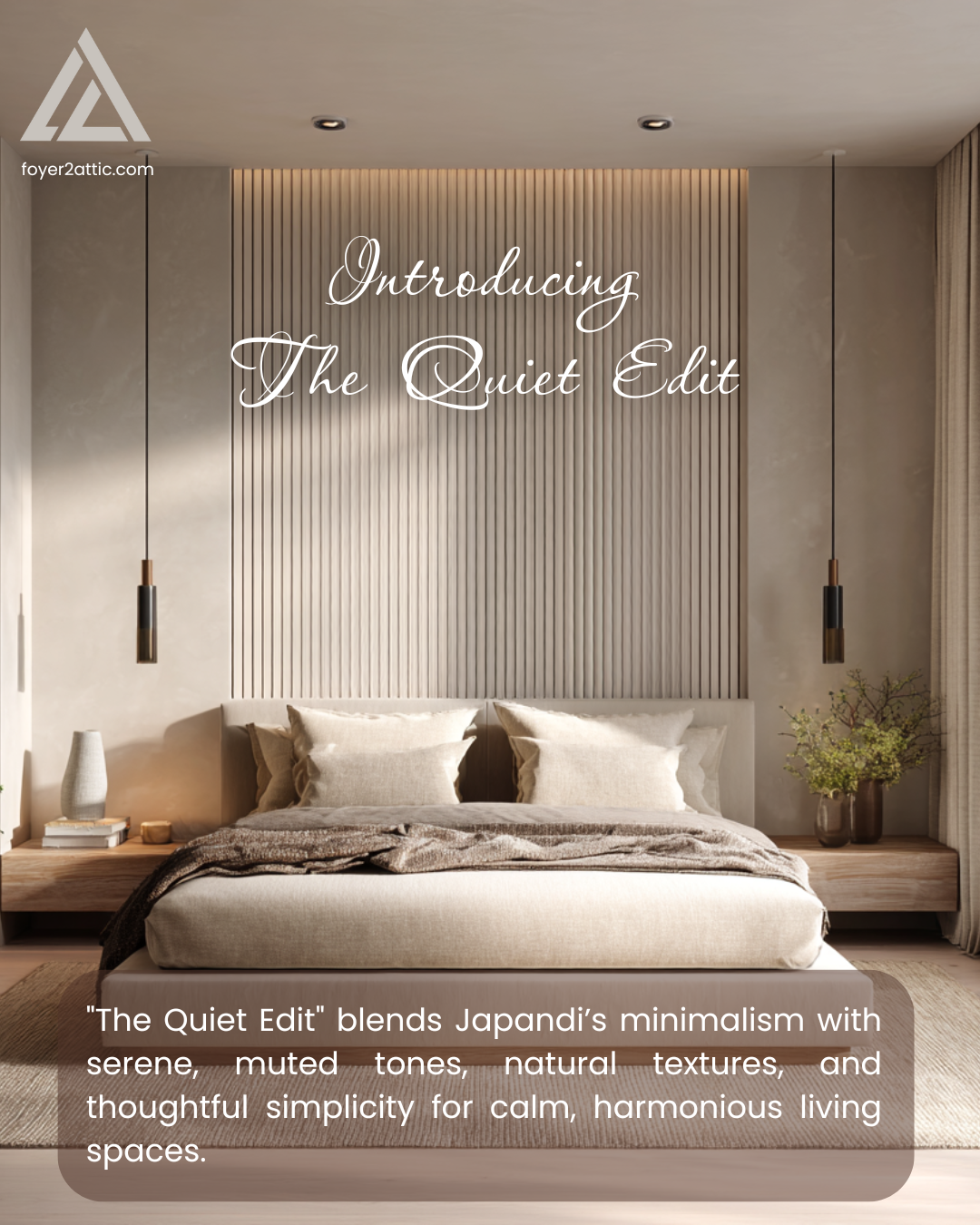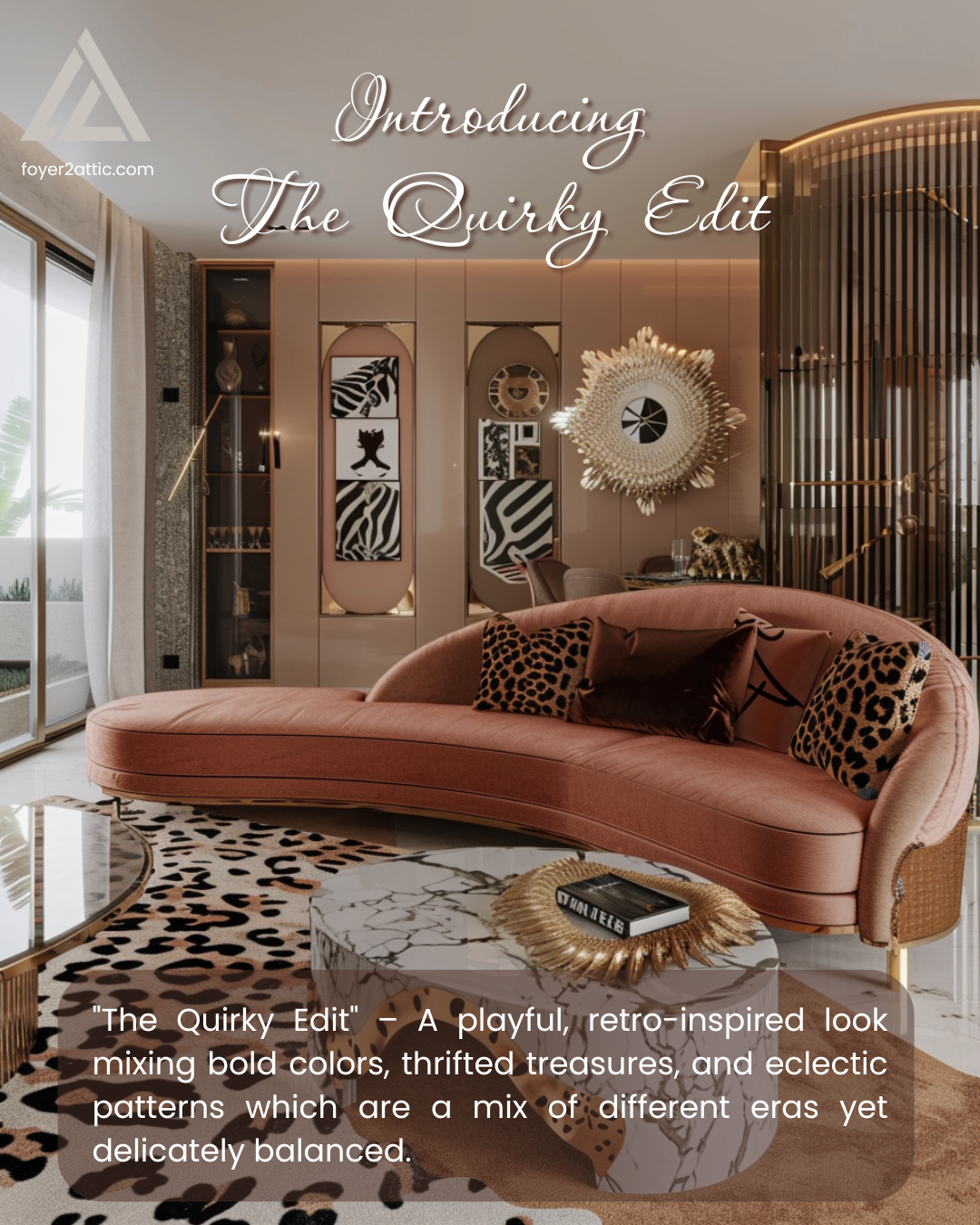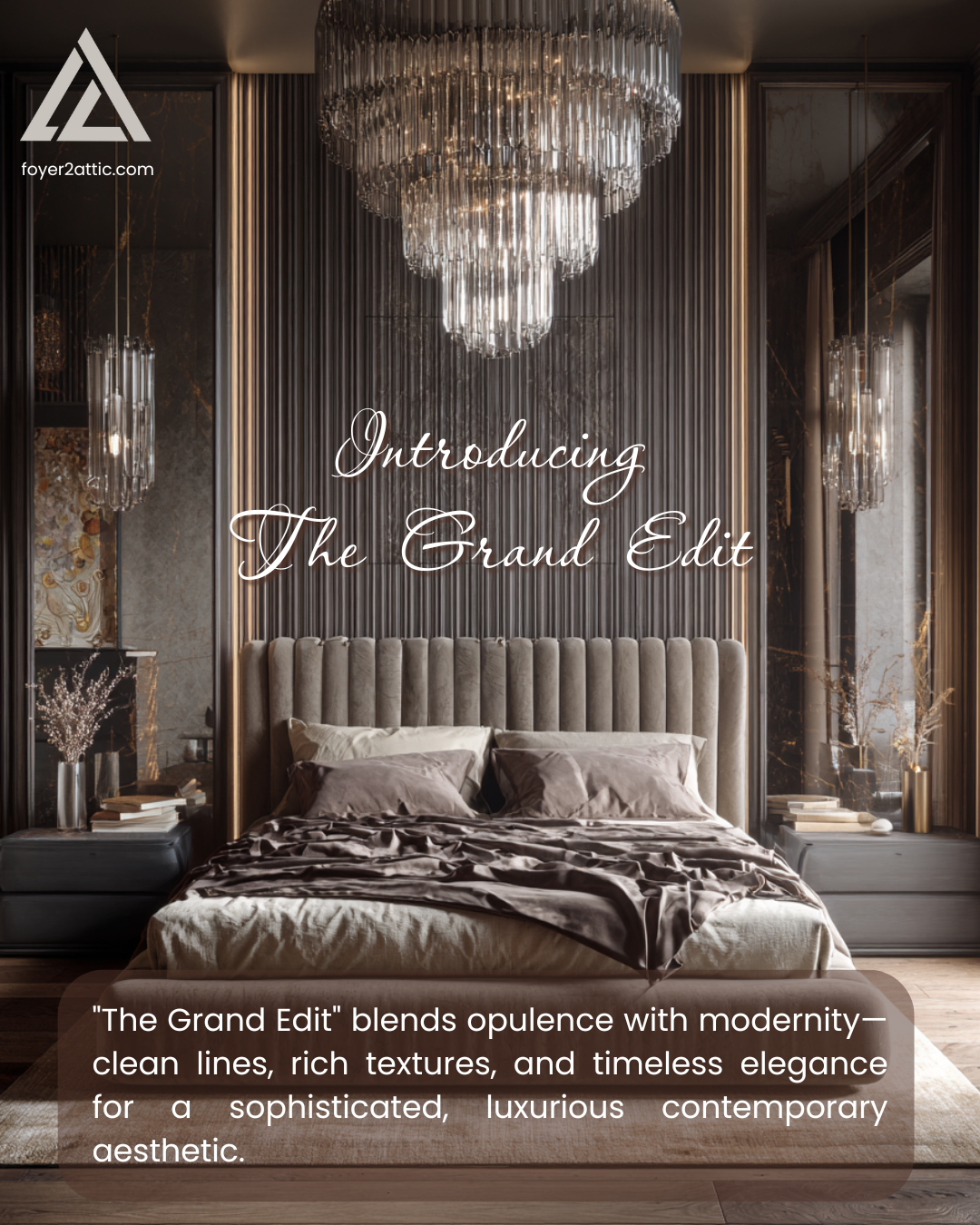Designing a Home That Soothes the Soul
In a world that never seems to stop moving, where notifications are constant and the pace is relentless, our homes have taken on a new, vital role. They are no longer just places to eat and sleep; they are our sanctuaries. They should be a balm for the senses, a quiet rebuttal to the chaos outside. But how do we create such a space? How do we transform a house into a haven?
The answer lies in a philosophy, not just a style. Welcome to The Quiet Edit—our signature approach to interior design where Japandi minimalism meets serene sophistication. This is more than an aesthetic; it’s a pathway to intentional living, crafting interiors that don’t just look beautiful, but actively feel restorative. This is design for the soul.
The Philosophy Behind The Quiet Edit: More Than a Trend
The Quiet Edit is born from a deep understanding of our modern needs. It’s a conscious move away from the loud, the excessive, and the transient. Instead, it draws inspiration from two timeless design traditions that share a profound respect for simplicity, nature, and authenticity: Japanese wabi-sabi and Scandinavian hygge.
- Japanese Wabi-Sabi: This is the art of finding beauty in imperfection and impermanence. It celebrates the worn, the weathered, the asymmetric, and the modest. It teaches us that a crack in a ceramic vase or the varying grain in a wooden table isn’t a flaw—it’s a record of a unique story, a mark of authenticity that adds depth and character.
- Scandinavian Hygge: While often translated as “coziness,” hygge is much more. It’s the conscious cultivation of warmth, comfort, and well-being. It’s the feeling of contentment you get from soft lighting, a warm blanket, and the company of loved ones in a safe, inviting space.
The Quiet Edit is the beautiful synthesis of these ideas. It takes the minimalist, respectful elegance of Japanese design and infuses it with the soft, livable comfort of the Scandinavian approach. The result is a style that is both profoundly calming and deeply inviting—a space that feels sophisticated yet utterly human.
The Core Pillars of The Quiet Edit
To bring this philosophy to life, we focus on four essential pillars. Each one is a crucial ingredient in creating a home that breathes calm into every corner.
1. A Palette of Soft, Muted Tones
The first step in quieting a space is through color. The Quiet Edit shuns bold, stimulating colors in favor of a palette inspired by the natural world. Think of the gentle, neutral canvas of a cloudy sky, the soft grey of smooth river stones, the creamy white of undyed linen, and the subtle, earthy tones of sand and clay.
These aren’t cold or sterile shades. They are warm, complex, and enveloping. A warm white on the walls becomes a backdrop for shifting light throughout the day. A misty grey-green can evoke the serenity of a forest floor. A pale, earthy terracotta can bring a gentle warmth to a room without overwhelming it. This muted palette acts as a visual sigh, allowing the mind to rest and declutter. It creates a sense of continuity and flow from room to room, making the entire home feel like a cohesive, peaceful whole.
2. The Soul of Natural Textures
If color is the canvas, then texture is the soul of The Quiet Edit. In a space with a restrained color palette, texture is what creates depth, interest, and a deep, tactile connection to the natural world. This is where the philosophy truly comes to life under your fingertips.
We layer a variety of organic materials to build a rich sensory experience:
- Wood: Opt for woods with a visible, natural grain—oak, ash, walnut, or pine. Leave them in their natural state or finished with matte, natural oils that allow you to feel the wood, not just see it.
- Linen & Cotton: These textiles are essential. The inherent slubs and crinkles of linen, the soft nub of a heavy cotton canvas, the floaty drape of a cotton voile curtain—they all add a layer of soft, imperfect beauty.
- Stone and Ceramic: A honed marble countertop, a rough-hewn terracotta pot, or a hand-thrown ceramic vase in a glaze that mimics stone. These elements bring a sense of grounded, ancient calm.
- Paper and Woven Elements: A rice paper pendant lamp that glows softly, a rattan chair, or a seagrass basket. These woven textures introduce pattern and complexity in the most gentle, organic way.
The goal is to create a space you don’t just see, but one you experience. Running your hand over a chunky knit throw or feeling the cool, smooth surface of a stoneware bowl are small, mindful moments that root you in the present.
3. The Art of Calming Simplicity
Simplicity is the backbone of this style, but it’s crucial to distinguish this from emptiness or austerity. The Quiet Edit champions a curated simplicity—a conscious choice to surround yourself only with what is beautiful, useful, or meaningful.
This is an exercise in mindfulness and decluttering, both visually and mentally. It’s about:
- Embracing Negative Space: Allowing walls to be bare, surfaces to be clear, and floor space to be open. This “breathing room” is as important as the objects themselves, giving the eye a place to rest and preventing sensory overload.
- Intentional Curation: Every object in your home should earn its place. Does it bring you joy? Is it functional? Does it contribute to the sense of calm? This applies to furniture, decor, and even the items in your kitchen cabinets. Choose fewer, better-quality pieces that you truly love.
- Clean Lines and Functional Forms: Furniture tends towards clean, uncluttered lines. Think of a low-profile platform bed, a simple wooden dining table, or a modular sofa with soft, rounded edges. The form is often a direct expression of its function, free from unnecessary ornamentation.
This pillar is fundamentally about reducing noise—both visual and mental—to create a backdrop for a more intentional life.
4. Sourcing with Intention: The Heart of Mindful Living
The final pillar of The Quiet Edit extends beyond your front door. It’s about the story behind the objects you bring into your home. We advocate for sourcing with intention, which means prioritizing:
- Artisanal and Handcrafted Pieces: A bowl made by a local potter, a blanket woven by a skilled artisan. These items carry the energy of the human hand, embodying the wabi-sabi principle of unique imperfection. They connect your home to a story and a person, not just a factory.
- Sustainable and Natural Materials: Choosing furniture made from sustainably harvested wood, organic textiles, and natural fiber rugs. This not only ensures a healthier indoor environment but also aligns your home with a respect for the natural world that inspires it.
- Vintage and Well-Loved Items: Incorporating a vintage wooden stool or a second-hand armchair reupholstered in a neutral fabric. This practice is not only sustainable but also instantly adds layers of history and soul that new pieces often lack.
When you know where your things come from and have chosen them with care, your relationship with your possessions changes. They become cherished companions in your daily life, not just disposable decor.
Bringing The Quiet Edit into Every Room
Let’s translate these principles into practical reality across your home.
- The Living Room: Start with a comfortable, low-slung sofa in a neutral linen blend. Add a wooden coffee table with a natural grain. Layer in texture with a large, neutral jute rug, a chunky knit throw, and a few linen cushions. Lighting is key—use a combination of a large paper floor lamp for ambient light and smaller, warmer table lamps for creating pools of intimate light in the evening. Keep surfaces clear, perhaps with a single, beautiful art book or a solitary ceramic vase.
- The Bedroom: This should be the ultimate sanctuary. A platform bed with a upholstered headboard in a soft fabric sets the tone. Dress your bed in high-quality, crisp cotton or rumpled linen sheets. Incorporate soft, layered lighting for bedtime reading. The goal is to have nothing in the room that doesn’t serve the purpose of rest and rejuvenation. A small meditation corner with a floor cushion and a plant can be a wonderful addition.
- The Kitchen: Opt for clean-lined cabinetry in a warm white or pale grey wood grain. Open shelving displaying simple ceramic dinnerware can replace upper cabinets to create a sense of airiness. Use natural wood for cutting boards and utensil holders. A small vase of fresh, seasonal greenery on the countertop brings life and a connection to the outdoors.
- The Bathroom: Think of it as a personal spa. A simple wooden stool holds towels, a stone vessel sink sits on a minimalist vanity, and a single piece of art or a floating shelf with a candle and a smooth stone provides a focal point. Keep toiletries in simple, beautiful containers to avoid visual clutter.
The Deeper Impact: A Home That Inspires Intentional Living
The true magic of The Quiet Edit is that its influence doesn’t stop at your walls. The principles you cultivate in your space begin to seep into your daily life.
A home free of clutter reduces mental clutter. The act of consciously choosing what to bring into your space makes you more mindful of your consumption habits outside the home. The calm, restorative atmosphere encourages you to slow down, to savor a cup of tea, to read a book, or to simply sit in quiet contemplation.
Your home becomes a teacher, gently guiding you toward a more intentional, present, and peaceful way of being. It’s a space that doesn’t demand your attention but instead gives it back to you.
Is The Quiet Edit For You?
The Quiet Edit is for anyone who feels overwhelmed by the noise of modern life. It’s for those who believe their home should be a retreat, a place to recharge and reconnect with themselves and their loved ones. It’s for the individual who finds beauty in the understated, value in quality, and peace in simplicity.
If you are ready to create a home that is not just a showcase, but a sanctuary—a home that truly soothes the soul—then we invite you to explore The Quiet Edit with us.
Let Foyer2Attic be your guide in crafting a space for intentional living. Your dream sanctuary awaits.
Explore our portfolio and begin your journey with The Quiet Edit here.

